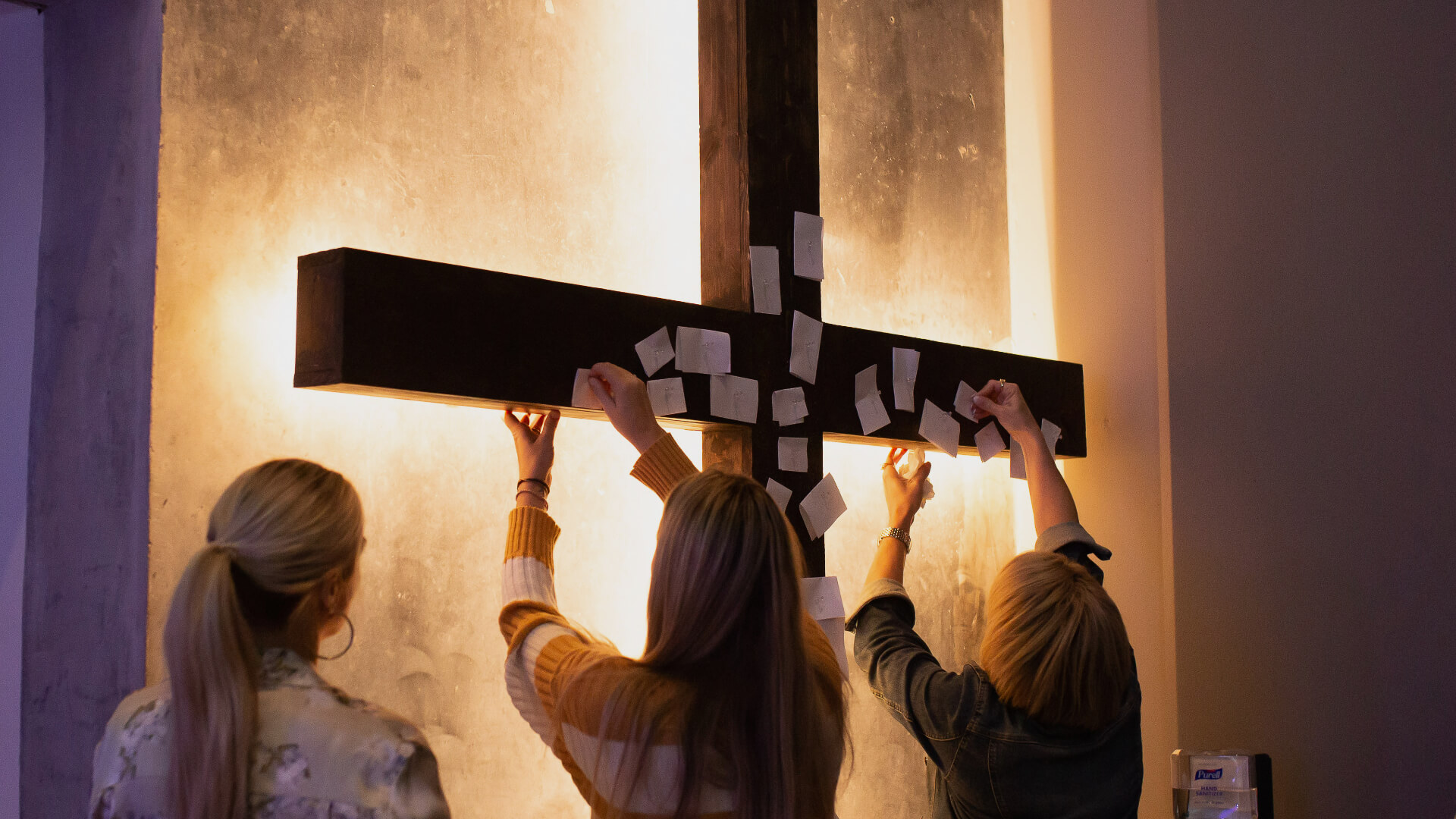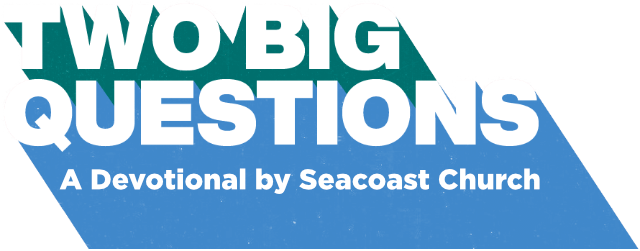
The Cross
By LIZ PATRICK
Contributor, Manning Campus
Response Time at Seacoast is a special part of our service. It’s an opportunity for a personal moment with the Lord, to reflect on what he’s saying and to act on it.
I take communion every week, often light a candle for a loved one, and occasionally go to the prayer team for specific prayer. But there’s one area of Response Time that I often pass right on by. The cross.
He forgave us all our sins, having canceled the charge of our legal indebtedness, which stood against us and condemned us; he has taken it away, nailing it to the cross.
Colossians 2:13b-14 (NIV)
In a recent service, my husband and I were the last people to receive communion, which meant most people had returned to their seats. I felt a nudge from the Lord to pin a need to the cross, but I felt conspicuous, like all eyes were on me. I immediately felt shame and embarrassment and just wanted to return to my seat quickly. But as I glanced up at the cross, the words to this old hymn came to mind: “Was it for crimes that I have done, He crawled up on the tree, amazing pity, grace unknown and love beyond degree. At the cross, at the cross where I first saw the light and the burden of my heart rolled away…” And it struck me that standing in front of this simple upright structure was right where I should be. Because I was carrying a burden that he wanted me to release.
The crosses at Seacoast are a symbolic representation of Jesus’ death and resurrection—the promise of new life, hope, and reconciliation through him. It’s a place where we can “pin” our sins, fears, concerns, and prayers as an act of faith, realizing that he alone takes away our sins and bears the weight of our heavy hearts.
Surrendering Control
I hadn’t forgotten the significance of the cross, but I needed to participate with Jesus in letting go of some things. I needed to be reminded that he is the healer, restorer, forgiver of sins, and the burden lifter. And the act of writing down my request, pinning it to the cross, and leaving it there brought a sense of relief. Not because I received an immediate answer, but because I chose to surrender any sense of control I had over the troubles in my life and put my complete trust in him.
Do you ever wonder why God allowed the cross? Why did Jesus subject himself to the most brutal form of death and take on the weight of every sin committed by humanity—by every person—past, present, and future? Sacrificial love. He did this to save us from eternal separation from him. His enduring the cross was the greatest act of love in the history of human existence.
We have the joy of knowing we can come to him because of what he did. So, may I encourage you to do something? The next time you’re at a service and something’s on your heart, go to the cross. Don’t pass it by. God already knows what’s going on. He can meet your need without you walking up to the front of the church and pinning it to a wooden cross. But YOU need it. You need to symbolically surrender what is burdening you, to acknowledge that you recognize him as the source and the answer. He is the forgiver and the reconciler—and the only one who can give you lasting peace.
Reflect
- What burdens have been controlling you that you need to surrender on the cross?
- How have you seen new life, hope, and reconciliation after surrendering control to Jesus? Thank him for those blessings.
- Spend time reflecting on each element of Response Time by subscribing below to this six-week devotional. You’ll receive one devotional every Friday morning.
